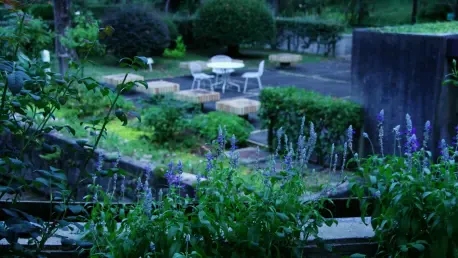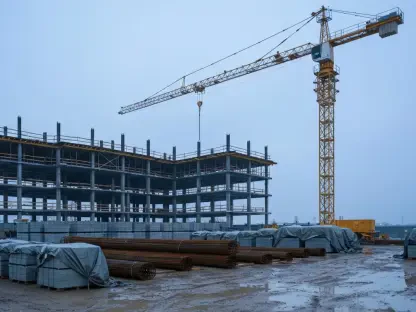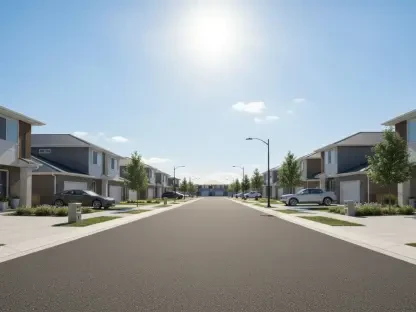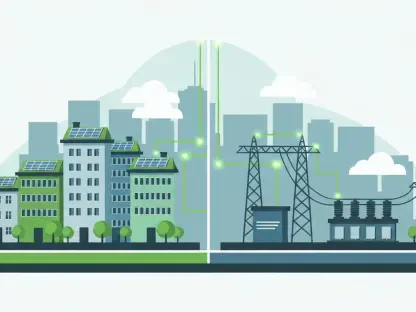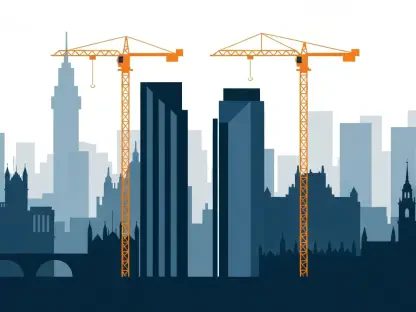An increasing trend among homeowners is reshaping backyards to serve as sanctuaries that enhance personal wellness, promote environmental sustainability, and integrate biophilic design elements. This shift reflects a broader societal movement toward creating outdoor spaces that function as both private retreats and ecologically symbiotic environments. According to recent insights from industry reports, there’s a rising preference for backyard designs that prioritize intimate, restorative experiences while harmonizing with nature. The demand for spaces that embrace serenity, coexist with local ecosystems, and offer personal rejuvenation encapsulates the ethos of contemporary landscape architecture. The current direction reflects a deliberate combination of peaceful havens, biodiverse landscapes, and climate-conscious choices. As these elements continue to gain popularity, they redefine traditional garden aesthetics and deepen the connection between humans and the natural world. Homeowners seeking meaningful outdoor privacy, wellness-centered features, and sustainable design principles are pioneering a transformative approach to backyard living in the modern world.
Private Sanctuaries and Wellness Yards
Creating private sanctuaries through enhanced privacy features has become a prominent focus for many homeowners, with a notable increase in installations of fences, hedges, and secluded garden zones. This trend signifies a desire to foster personal relaxation areas within one’s own property, supporting mental and emotional wellness. The use of layered plantings—including trees, shrubs, and ground covers—not only establishes secluded spaces but also encourages biodiversity and ecological health. These plantings serve dual purposes by providing natural enclosures that accentuate privacy and promoting habitats for local wildlife, thus aligning with holistic wellness principles. Enhancements like outdoor showers, fitness areas, and spa-like features such as saunas are becoming increasingly popular. Such installations offer a refuge that supports both physical vitality and mental repose. By incorporating elements that engage the senses through natural textures and calming aesthetics, wellness yards cultivate environments conducive to rejuvenation and tranquility. This shift emphasizes the importance of integrating elements that cater to comprehensive well-being, transforming traditional backyard concepts into nurturing retreats.
Climate-Friendly and Biophilic Designs
Homeowners are embracing climate-friendly gardens as a response to growing environmental concerns, emphasizing designs that are resilient to drought and extreme weather. Garden designs that feature low-water, drought-resistant plants are increasingly in demand, with many opting for permeable surfaces to facilitate groundwater replenishment. This pushes a shift away from water-intensive landscaping and aligns with efforts to manage local climate challenges organically. For enhanced water efficiency, many homeowners choose systems like drip irrigation, which minimize water waste while sustaining garden vitality. These climate-conscious elements illustrate a preference for landscapes that support ecological balance and continuity. Biophilic design principles further foster this trend by promoting a stronger connection to nature. The introduction of pathways, calming water features, and raised garden beds indicates a growing desire for environments that encourage interaction with natural elements. In this context, raised garden beds often serve as focal points for growing home produce, underscoring a movement toward self-sufficiency and seasonal engagement with the landscape. These features collectively encourage a dialogue with the natural world, inspiring a comprehensive relationship between humans and their environment.
Aesthetic Evolutions and Lawn Alternatives
Contemporary backyards are undergoing aesthetic shifts, with an increased appreciation for cottage-style gardens and wabi-sabi design principles. Over the past few years, these styles have surged in popularity, with requests more than doubling as they embrace informal arrangements and natural imperfections. Native flowers and climbing vines are preferred choices that harmonize with this style, supporting pollinators and increasing biodiversity. These designs promote exploration and a deep appreciation for the natural world’s beauty, even in its irregularities. The acceptance of imperfections reflects a broader shift toward understanding ecological nuances and celebrating them in artful garden designs. Additionally, there is a significant movement toward lawn alternatives that move away from traditional grass-based ideas. Homeowners are increasingly favoring tapestry lawns and no-mow meadows, both of which require less maintenance and contribute to environmental sustainability. These options highlight a growing recognition of sustainable landscaping practices that enhance natural aesthetics while reducing technical upkeep. By prioritizing biodiversity and ecological resilience, modern backyard design supports a harmonious balance between human comfort and environmental well-being, effectively aligning aesthetics with sustainability.
Creating Meaningful Outdoor Spaces
Homeowners are increasingly transforming their backyards into private retreats that enhance personal wellness, support environmental sustainability, and utilize biophilic design principles. This trend mirrors a societal shift toward outdoor spaces that merge tranquility with ecological harmony. Recent industry reports highlight a growing preference for backyard designs that offer serene, restorative experiences while blending with natural surroundings. These spaces emphasize peace, coexistence with native ecosystems, and personal rejuvenation, embodying the essence of modern landscape architecture. By prioritizing biodiverse environments and climate-aware choices, they redefine conventional garden aesthetics, forging deeper connections between humans and nature. This transformative approach to backyard living caters to homeowners eager for privacy, wellness-centric features, and sustainable design. As these elements gain popularity, they continue to reshape our interaction with the natural world, creating sanctuaries that reflect contemporary ideals.
